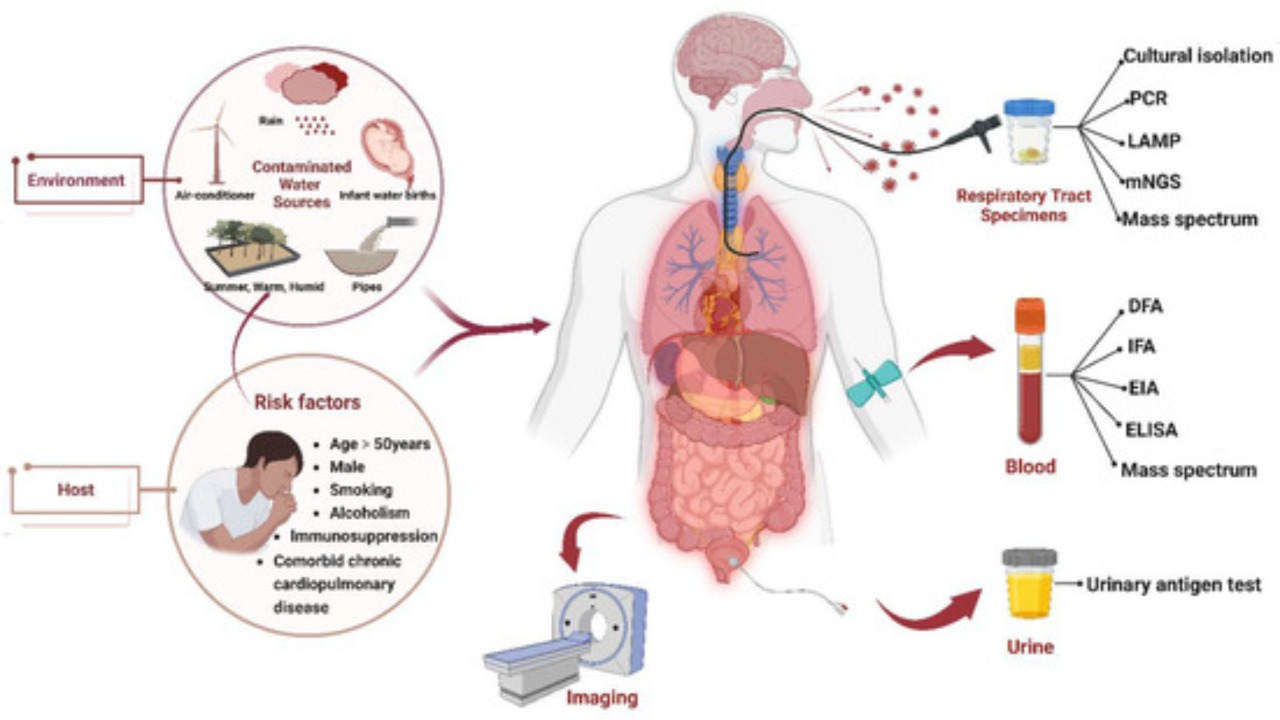The recent discovery of Legionella bacteria in Bibby Stockholm has prompted concerns about potential health risks and the necessity of swift and comprehensive actions to address the situation. Legionella bacteria can lead to serious respiratory illnesses, such as Legionnaires’ disease, and it is crucial to take immediate measures to mitigate the risks associated with its presence. With a focus on safety and public health, let’s delve into the details of this finding, the implications it holds, and the steps that must be taken to ensure the well-being of individuals.
A Disturbing Finding: Legionella Bacteria Uncovered in Bibby Stockholm
The recent identification of Legionella bacteria in Bibby Stockholm has raised alarms about potential health hazards associated with water contamination. The presence of this bacterium underscores the need for immediate action to prevent the spread of infection.
The Legionella Threat: Unraveling the Dangers of Contamination
Legionella bacteria thrive in water environments and can multiply in water systems, particularly those with stagnant or warm water. When individuals are exposed to contaminated water droplets through inhalation, they become susceptible to Legionella-related illnesses.
Health Risks: The Potential Consequences of Legionella Exposure
Exposure to Legionella bacteria can result in two main illnesses: Legionnaires’ disease, characterized by severe pneumonia-like symptoms, and Pontiac fever, which presents as a milder flu-like illness. Both illnesses can lead to serious health complications, particularly for individuals with weakened immune systems.
Urgent Actions: Responding to the Presence of Legionella Bacteria
Immediate measures are required to address the presence of Legionella bacteria in Bibby Stockholm. Authorities must initiate thorough testing of water sources, implement disinfection protocols, and provide relevant information to individuals who may have been exposed.

Addressing Common Questions about Legionella Bacteria in Bibby Stockholm
How does Legionella bacteria typically enter water systems?
Legionella bacteria can enter water systems through various sources, such as contaminated water supplies, cooling towers, hot tubs, showers, and faucets. Once introduced, the bacteria can thrive and spread within the system.
What steps can be taken to eliminate Legionella bacteria from water sources?
Effective measures include thorough cleaning and disinfection of water systems, maintenance of proper water temperatures to discourage bacterial growth, and the implementation of water management plans that prioritize Legionella prevention.
What are the symptoms of Legionnaires’ disease and Pontiac fever?
Legionnaires’ disease presents symptoms like high fever, cough, shortness of breath, muscle aches, and confusion. Pontiac fever leads to milder symptoms such as fever, headache, and muscle aches, resembling flu-like illness.
How can individuals and authorities collaborate to prevent Legionella outbreaks?
Individuals can contribute by promptly reporting any unusual symptoms after potential exposure to water sources, while authorities must enforce strict water quality standards, regularly inspect water systems, and educate the public about Legionella risks.
What lessons can be learned from this incident to enhance water system safety?
The incident underscores the importance of routine testing, maintenance, and vigilant monitoring of water systems to prevent Legionella contamination. It highlights the need for comprehensive awareness campaigns and a coordinated response to safeguard public health.
A Unified Approach to Ensuring Public Health and Safety
In light of the Legionella discovery in Bibby Stockholm, a collective effort is required to safeguard public health and prevent further risks. Authorities, organizations, and individuals must collaborate to identify, address, and prevent the spread of Legionella bacteria in water systems.
Vigilance, Cooperation, and the Pursuit of Safer Environments
In conclusion, the presence of Legionella bacteria in Bibby Stockholm serves as a reminder of the potential risks associated with water contamination. Swift and comprehensive actions are imperative to prevent the spread of Legionella-related illnesses and ensure the well-being of the community. By fostering awareness, implementing preventive measures, and responding proactively, authorities and individuals can collectively work towards creating safer environments and minimizing the threats posed by Legionella bacteria.
Read More :
Concerns Mount as Seahawks’ Cade Johnson Stretchered Off and Hospitalized with\
Unveiling the Highlights: 6 Key Takeaways from the Patriots’ Opening Preseason Game of 2023





